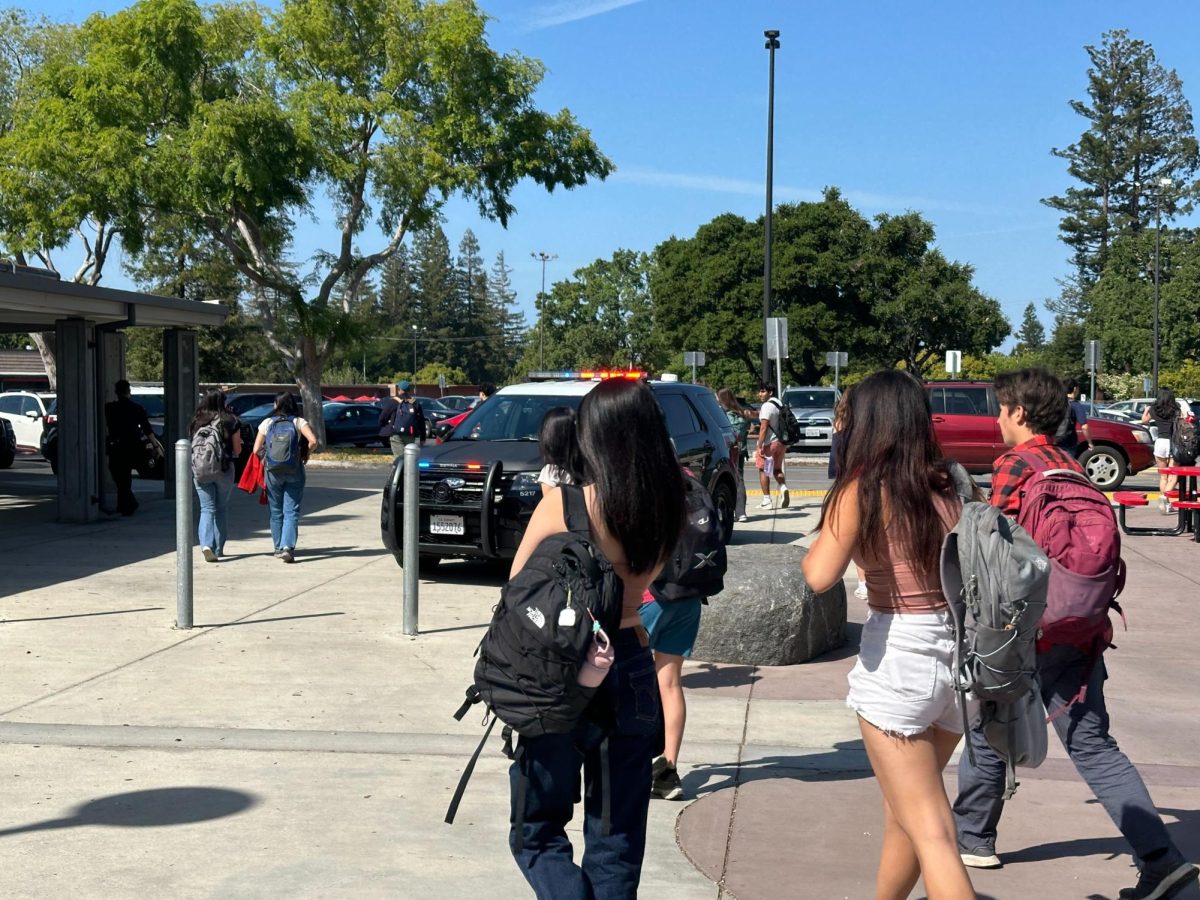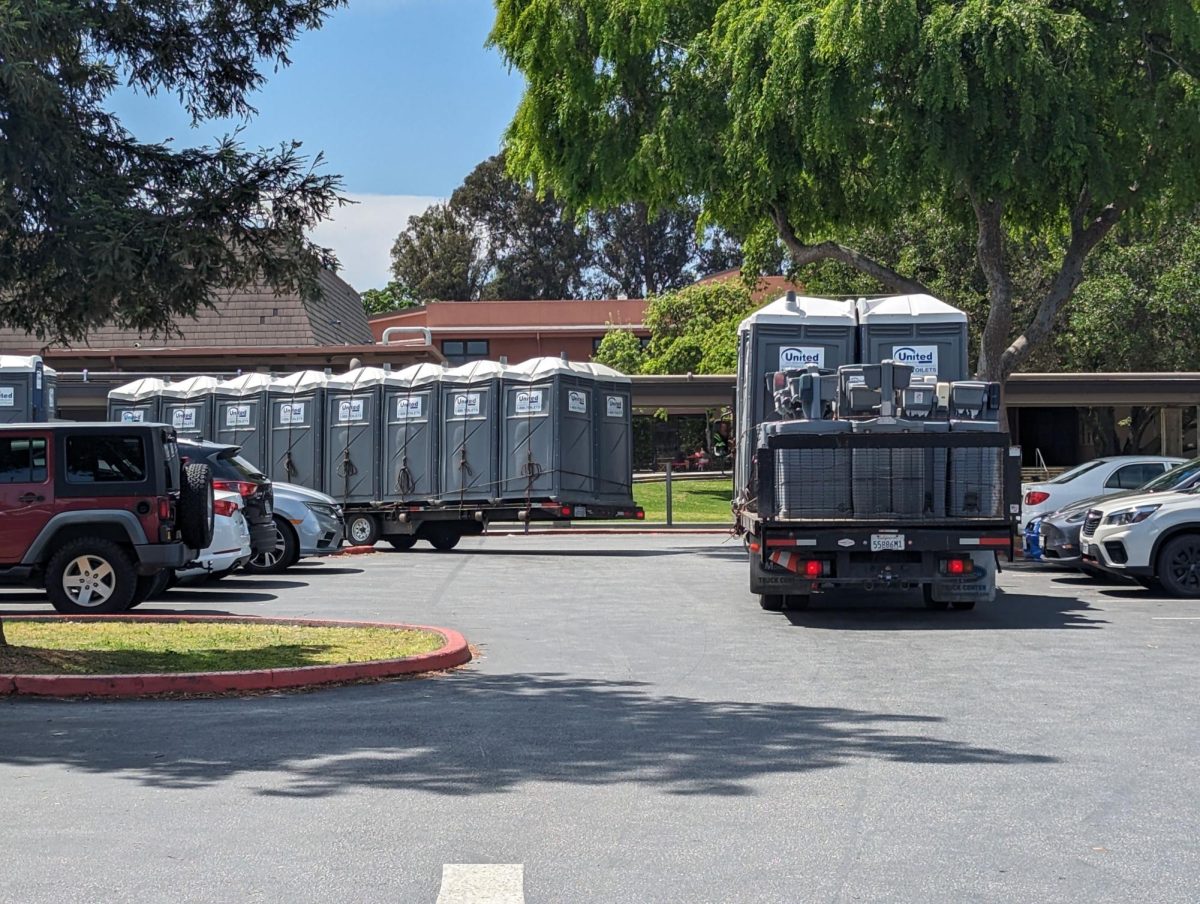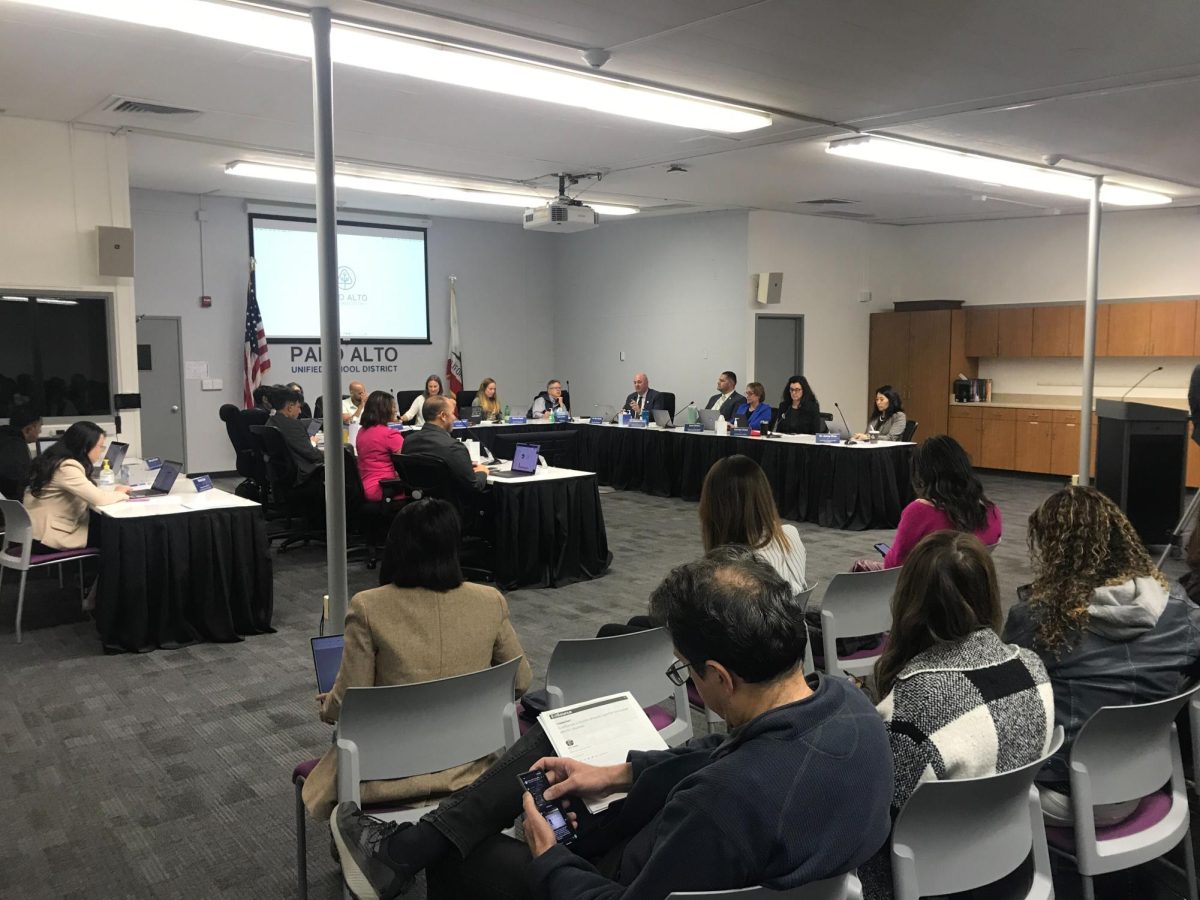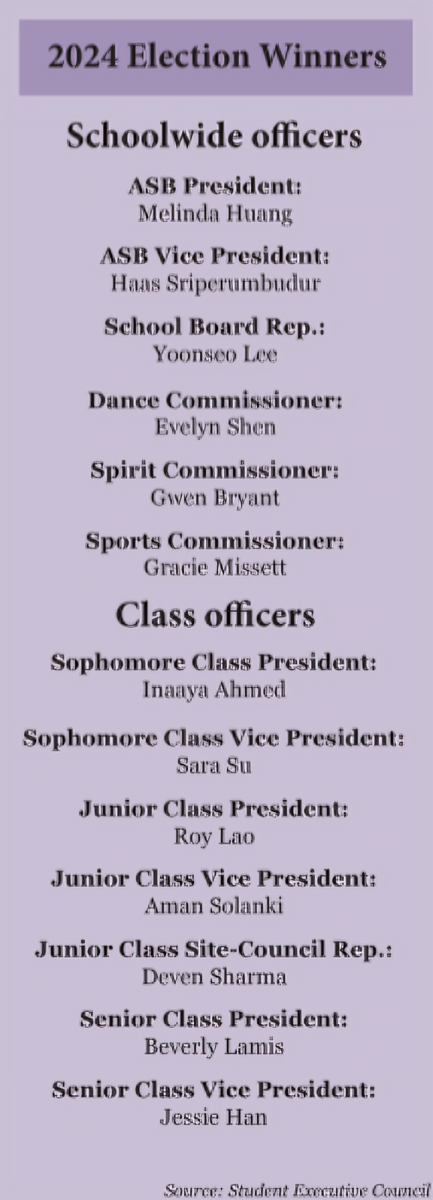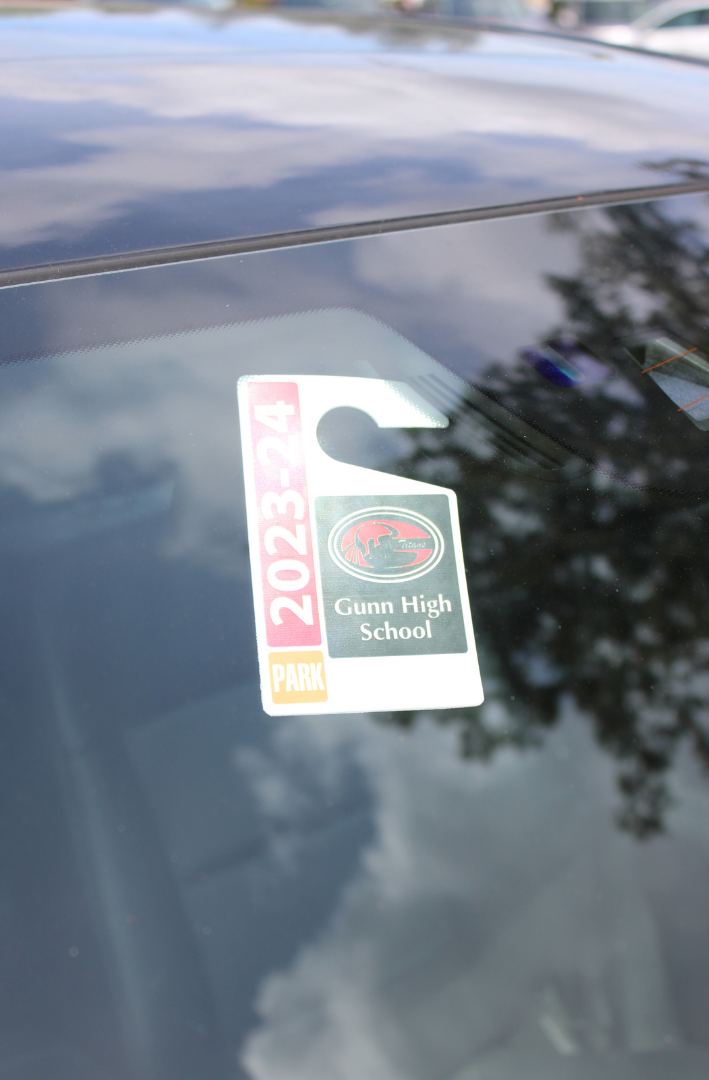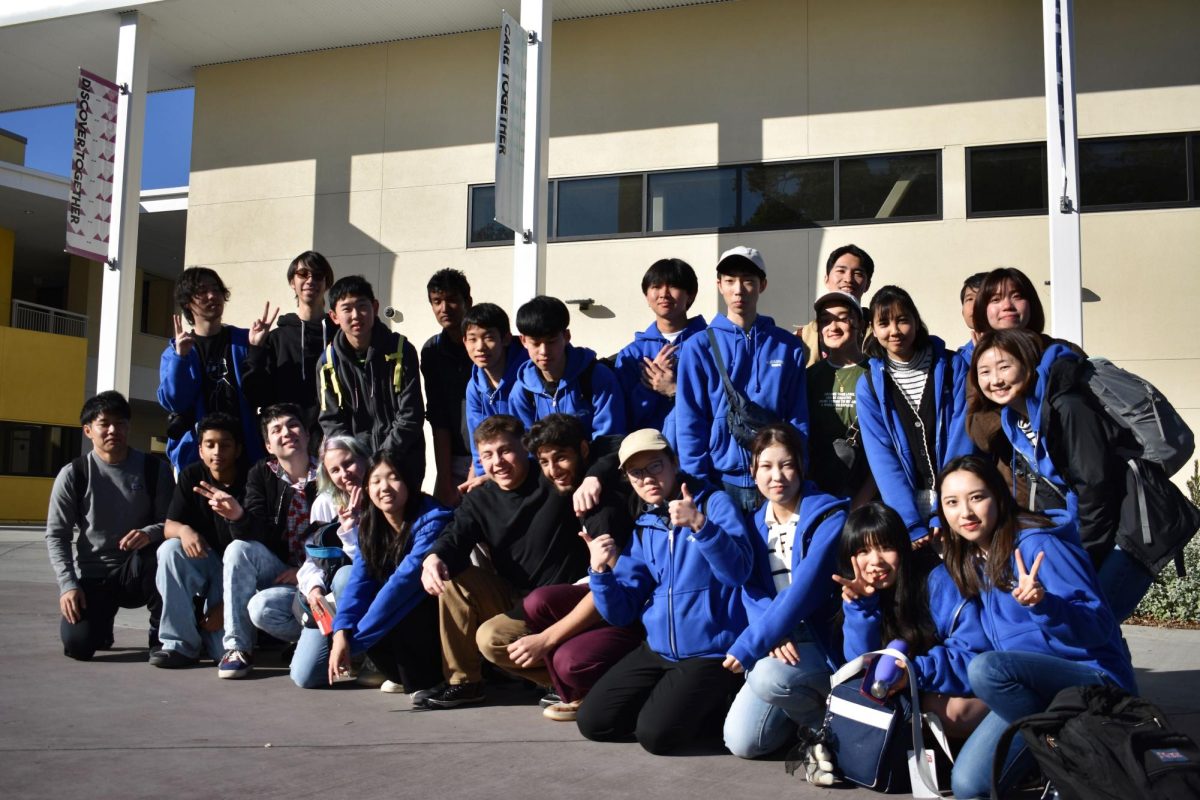Written by Anyi Cheng
Following changes in federal school safety recommendations, Gunn administration has changed certain aspects of its Code Red practices. The changes will be announced at the Dec. 9 staff meeting and are a response to new data and information available from both federal and school sources about how teachers and students should respond during a Code Red alarm, with most focusing on safety tactics as well as improved communication with police.
“The Code Red changes are much more about practices and what we’re going to be teaching and reinforcing with our staff and students,” Principal Dr. Denise Herrmann said. According to Herrmann, the basic idea behind Code Red actions has not changed. “In general, the overall policy is similar in that once we know that we have an intruder on campus or something, then that would force us to go into Code Red,” she said.
Earlier this year, the school ran a baseline Code Red drill to evaluate how each classroom responds to a Code Red alarm. Herrmann worked with a team of analysts to collect data from the drill. “We went and checked every classroom, so [the data] was how many classrooms were barricaded, how many were silent, if there were anywhere you could see kids moving,” Herrmann said. “It’s more of a performance-based kind. In this kind of situation, it’s not on what you know as much as it is on what you do.”
Herrmann found that many of the Code Red routines teachers had learned were ineffective.

In an emergency, she discovered, adults and students alike did not follow through with many of the practices they’d been taught beforehand simply because those practices were often too intricate to carry out. “Earlier five years ago, some of the kinds of recommendations we were making were sort of complicated,” Herrmann said. “[They] just weren’t intuitive.”
In response to the collected data, Gunn administration began to change the way it advises its teachers. “We thought that if we gave really clear directions and if people followed the directions, then they’d be safe,” Herrmann said. “What they found is that there is no one right way.” Instead of giving teachers specific, limited rules for Code Red execution, Herrmann hopes to show different possible safety options—for example, varying ways to organize a classroom. By promoting flexibility, she hopes to increase safety for all. “Let’s teach different ways to barricade,” Herrmann said.
Assistant Principal Miriam Stevenson agrees. “The best place to go or how to respond is situational dependent,” she said. “While getting into a classroom and barricading is part of the drill to prepare, in a real situation that may not be an option or the safest choice. Our choices would depend on how close we are to what is occurring at the time as well as our individual abilities to respond.”
Another major change in Code Red practices is the heavier involvement of police, both during a drill and in a real emergency. Gunn administration is currently making efforts to work more closely with law enforcement to ensure maximum campus security. “In a real emergency, law enforcement is trained to respond directly to any disturbance,” Stevenson said. Stevenson believes changes to Code Red practices will strongly impact the way students and teachers are taught about responding to emergencies. “I think it will provide more flexibility in our thinking and preparations,” she said. “It can be helpful to consider how we might respond and how that might be different based on where we are on campus, the features of the building, area or classroom.”
Revisions to Code Red practices were influenced by changes in federal suggestions. The U.S. Department of Education stated in its K-12 Emergency Response Guidelines that students and staff may need more than one option in a Code Red situation. It stresses the importance of giving teachers and students certain freedoms during a crisis: “While they should follow the plan and any instructions given during an incident, often they will have to rely on their own judgment to decide which option will best protect lives.”
The International Association of Chiefs of Police (IACP) makes similar suggestions. Teachers should make decisions about lockdown or evacuation on their own in life-threatening situations, as specified in the school crisis management plan written by the IACP Guide to Preventing and Responding to School Violence.
Herrmann believes the new Code Red policies will lead to positive results. “They empower teachers and students to make good decisions within a set of boundaries,” she said.


